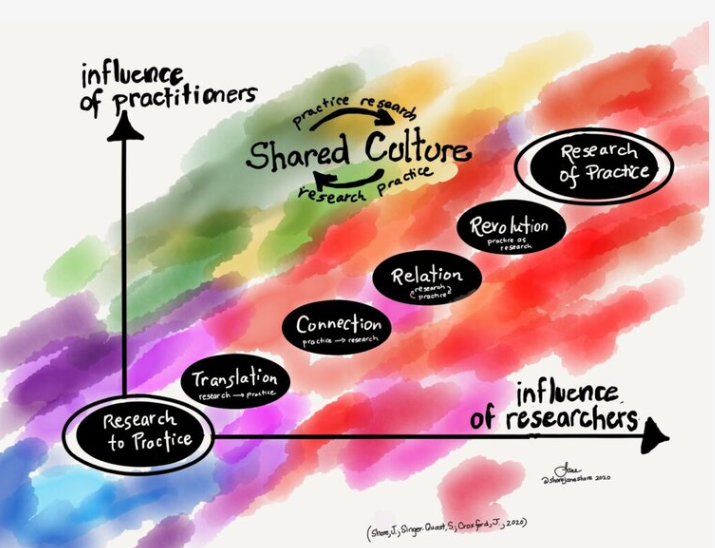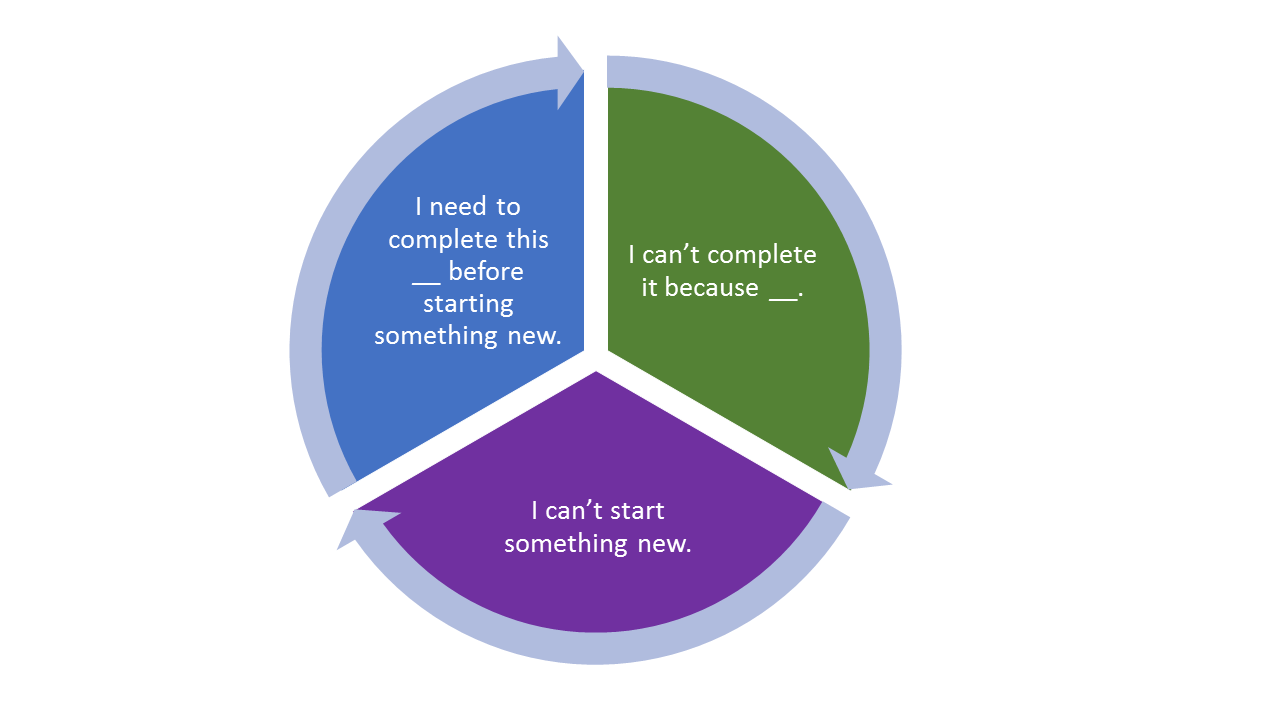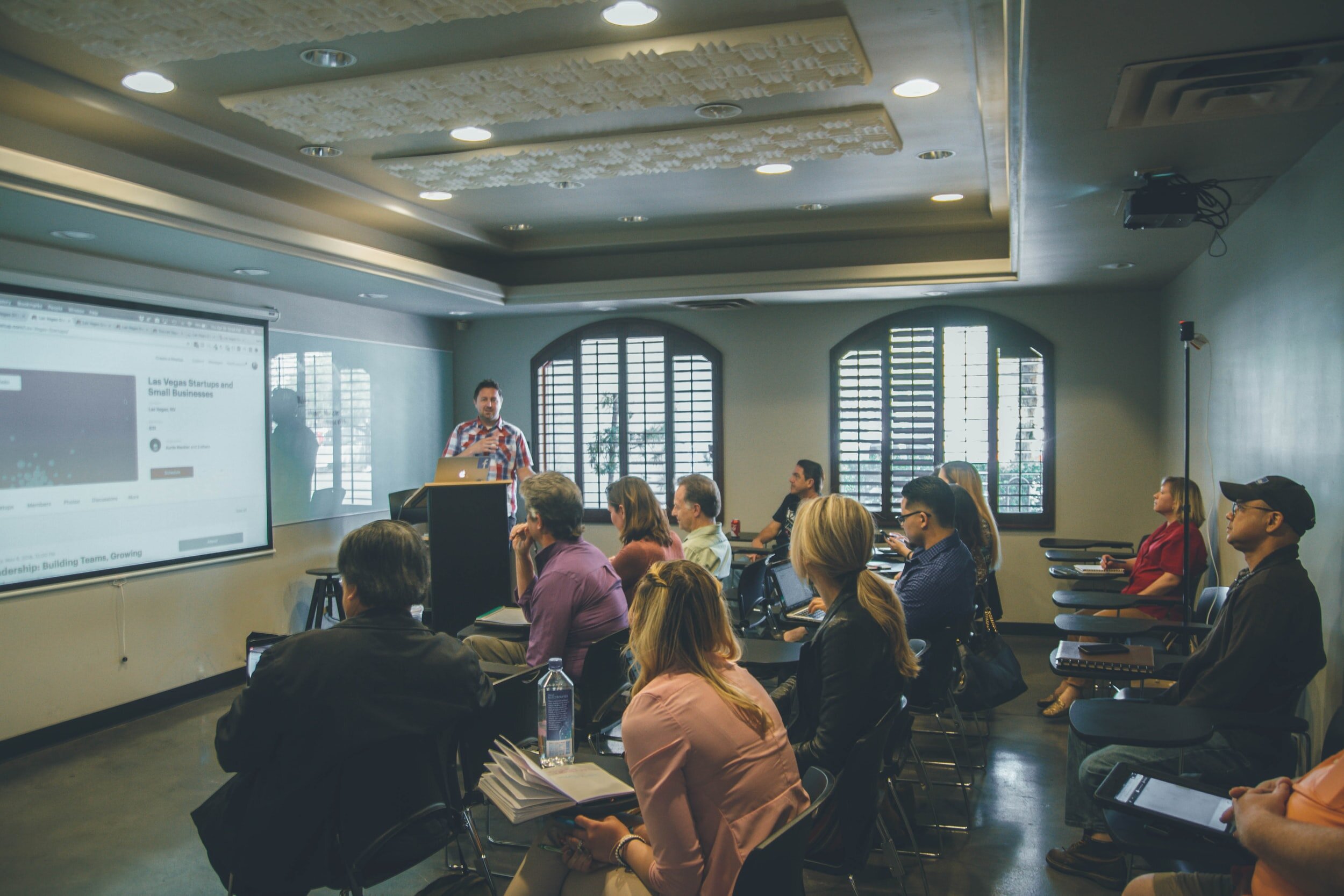Making Statistics Accessible and Relevant in Politics and IR
By Matthew Loveless PhD, author of Political Analysis: A Guide to Data and Statistics. Use the code MSPACEQ423 for a 20% discount on his book.
After 20 years of teaching research and quantitative methods to students in Political Science in the US, UK, and the EU, I have converged upon a method that has resulted in greater student success in statistics in each passing year. This pedagogical approach meets students’ needs, assuages their fears, and moves them toward success.
The largest and most consistent problems for instructors in the Social Sciences are:
Attention: How can we get students to set aside their concerns about having to take a stats class, particularly ones who are ‘math averse’ or plainly uninterested in quantitative approaches?
Engagement: How can we keep them interested and engaged throughout the course as the material increases in difficulty?
Retention: And how do we shepherd our students toward success in statistics?
To address these common challenges, I propose the following:
· Attention: We make statistics mode accessible
· Engagement: We make statistics more relevant
· Retention: We move students toward their variation on statistical success.
A fuller discussion of this pedagogical methodology, as well as an interview by a colleague, and a question and answer period, can be found in the recording of this SAGE webinar conducted on 27 June 2023.
ONE: The Pedagogical Approach of Political Analysis: Making Statistics Accessible
The first step is addressing the perceived ‘limitation’ of having little (or no) previous knowledge of statistics and a minimal mathematical background. If we assume a large, mandatory, introductory stats courses as norm, we are undoubtedly confronted a portion of the class that has some anxiety about ‘doing statistics’.
There is some surprise when I explain that in fact statistics doesn’t require a very high level of math skills. The software handles most of the computations. Our responsibilities lie elsewhere. Specifically, I focus on students’ intuition and conceptual comprehension. That is, being ‘good’ at statistics is better served by ability to answer the following three questions:
1. What is the most appropriate transformation?
2. What is that transformation is doing?
3. What does that transformation tell us?
In this way, we focus on what it is we want to know and why we want to know it. This shift in perspective very often lowers the barriers to students’ resistance, thus creating an avenue to increase accessibility.
TWO: The Pedagogical Approach of Political Analysis: Making Statistics Relevant
Political Science students are usually a diverse mix. Thus, an unacknowledged difficulty in making statistics relevant is that we simply assume that examples from Political Science are universally interesting. This is not always the case.
One way to make statistics relevant to student is to treat statistics a bit critically. I teach as though statistics has to impress me.
So, instead of, “…to find the mean, we do this. That is the mean”; we say, “what does a summary do? How do we know it is a good one? Statistics does this to summarise interval-level variables, does this impress you? Could you do it better? What do we gain/lose by summarizing this way? Etc….”
This draws students in as one has to be smarter than just ‘doing statistics’, i.e.: producing the mean is only part of the larger investigative process. It’s like the psychological trick of having to do something difficult. Make the difficult thing a part of something larger and focus on doing the larger thing. Then we lose our worry about the difficult thing.
Another approach is to use real data. In my book, nearly every example comes from really existing data (and the datasets to replicate!). This reminds students of larger investigative part, in turn providing relevance as well outside of Political Science. That is, focusing on confronting logical implications, puzzles, and problems through a system of analysis is more than data analysis.
THREE: The Pedagogical Approach of Political Analysis: Moving Students toward Statistical Success
I aim for three variations of student success. I consider any of these success as they can serve different students’ needs.
Statistical literacy: Being able to read and determine whether they are being used correctly and effectively in an argument.
Statistical Abilities: Another level is being able to originate statistical analysis and correctly interpreting the results.
Research Skills: How statistics fits into a more fundamental analytical approach: how to ask a good question and what constitutes evidence.
These proposed pedagogical innovations are embedded in Political Analysis: A Guide to Data and Statistics that serve our needs in the following ways.
First, my orientation to teaching statistics is that a great deal of what we discover using statistics is determined long before we sit down in front of statistical software. That is, statistics is an activity requiring a combination of intuition, knowledge, and creative skill. Focusing on student intuition and conceptual comprehension builds a foundation so that students more easily connect or merge their intuitive and conceptual understanding with practical or technical extensions. This approach is not a limitation to - or substitution for - the use of formulas and manipulation, but rather as a basis for them.
Two, I identified the key areas in which students habitually struggled and sought to find a way around those hurdles. A crucial example of this was to separate substantive from statistical significance. Students first learn how we describe the variables and relationships in which we are interested (‘Descriptive Statistics’) and are only then presented with the means to determine those substantive results statistical significance (‘Inferential Statistics’). In this way, students can appreciate and fully understand the difference between the substantiveness and statistical significance. When we then arrive at multiple regression, we integrate all that we have done before to introduce ourselves to the core multiple regression model, its accessories (e.g.: dummy variables and interactions), its problems, and the extension to Logit regression.
Third, I standardized a lot. Attempts to ‘draw it together’ only happen – if it happens – at the end when students are sitting in front of an entire semester of disparate techniques and concepts. Therefore, I made great effort to demonstrate why students are learning something and what it adds to what we just did - and why it is necessary for the next step. This standardization is also represented in the use of explicit, formal rules. For students, particularly timid or unimpressed ones, this helps them develop the skills to populate the tests with the appropriate techniques and correctly interpret the results with confidence.
Taken together, this textbook cultivates a more positive, meaningful, relevant, and longer lasting student experience with statistics.





























This year we need to honor Martin Luther King's legacy with both reflection and action! In this post, find links to lots of original source materials, including documents and recordings.